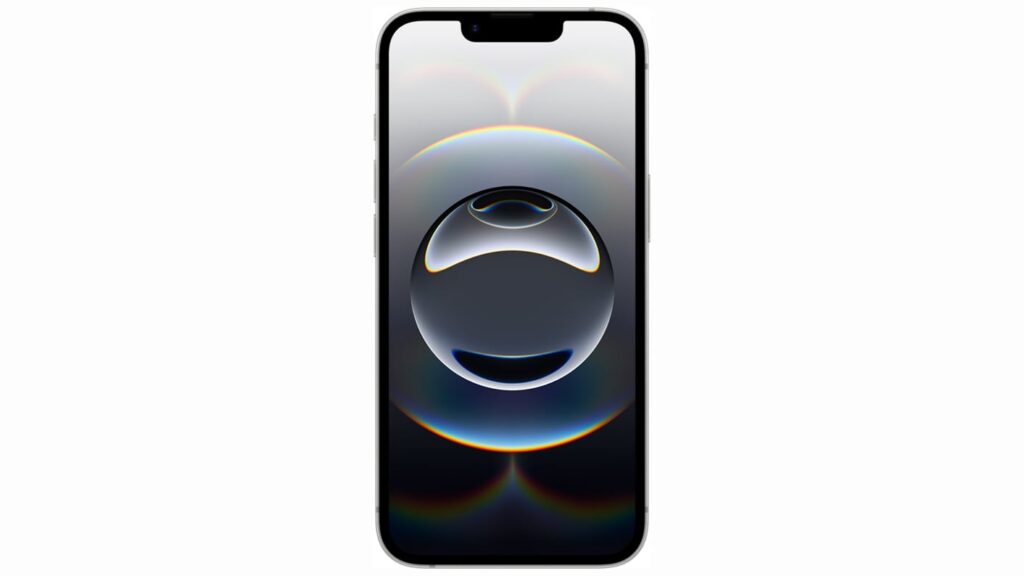All iPhones Now Feature OLED Displays

Apple’s new iPhone 16e adopts the design and display of the iPhone 14, which means it has an OLED display instead of an LCD display. With the debut of the iPhone 16e and the discontinuation of the prior iPhone SE, Apple has eliminated LCD displays from the iPhone lineup.
All of the iPhones that Apple sells have an OLED display, and LCD technology has been phased out.
Apple first began using OLED displays for iPhone models in 2017 with the launch of the iPhone X, and for the next few years, Apple released iPhones with a mix of OLED and LCD display technology. In 2020, Apple stopped using LCD displays for its flagship iPhone lineup, and the iPhone 12 models and subsequent iPhones all had OLED displays.
The iPhone SE has always been marketed as a separate, low-cost device that isn’t part of the flagship line, and the two previous iPhone SE models used the design and components from the iPhone 8. The iPhone 8 had an LCD display, so Apple has kept around the legacy LCD technology for the more affordable iPhone SE, until this year’s iPhone 16e.
Apple calls its OLED displays “Super Retina XDR displays” and compared to LCD, the OLED technology offers improved contrast, more vibrant and saturated colors, better brightness, and a higher resolution. OLED displays support HDR, so this is the first time a low-cost iPhone will offer HDR.
The iPhone 16e has the same display as the iPhone 14, featuring 800 nits max brightness and 1200 nits peak HDR brightness. It’s a step down from the iPhone 16 display, which offers 1000 nits max brightness, 1600 nits peak HDR brightness, and 2000 nits outdoor peak brightness.
This article, “All iPhones Now Feature OLED Displays” first appeared on MacRumors.com
Discuss this article in our forums



